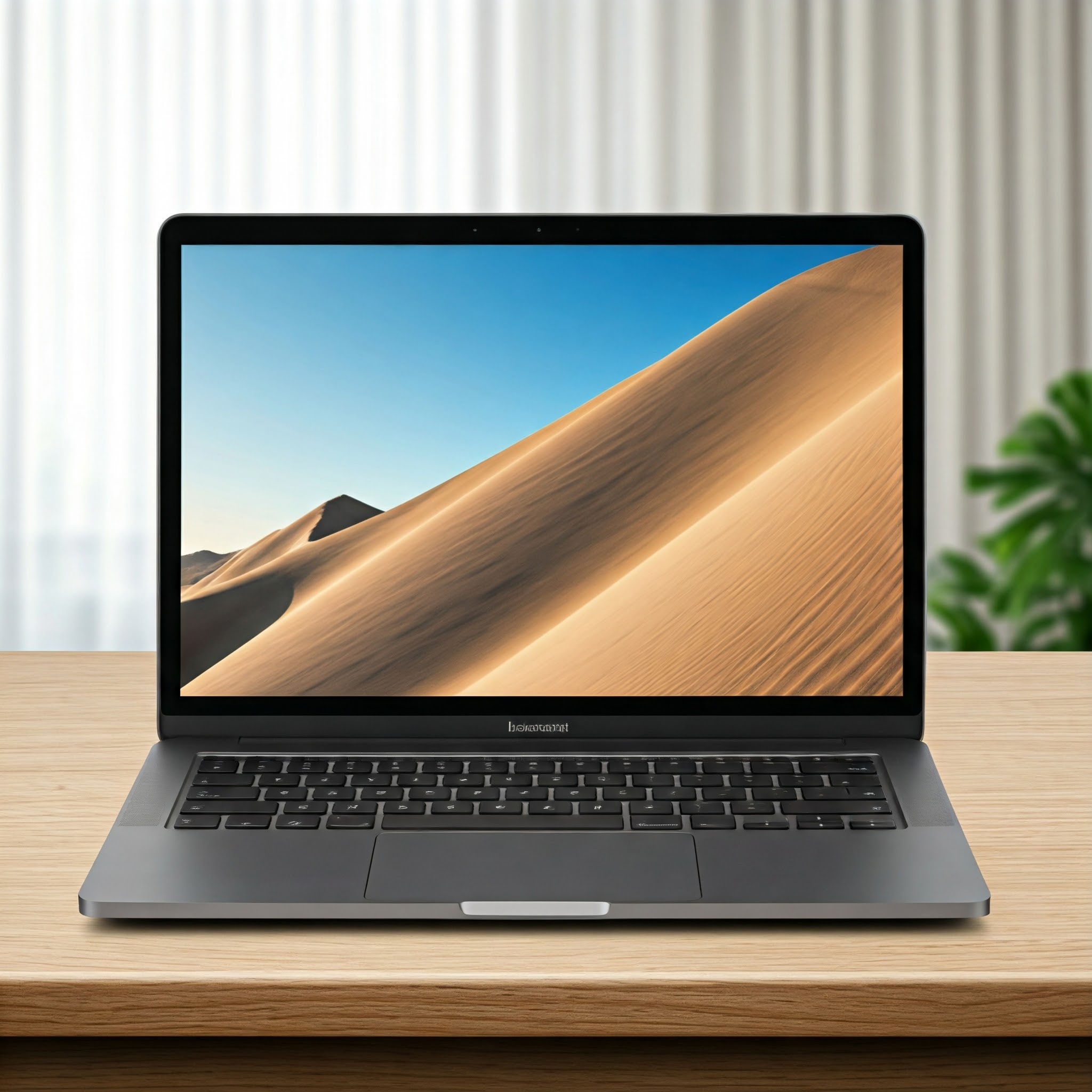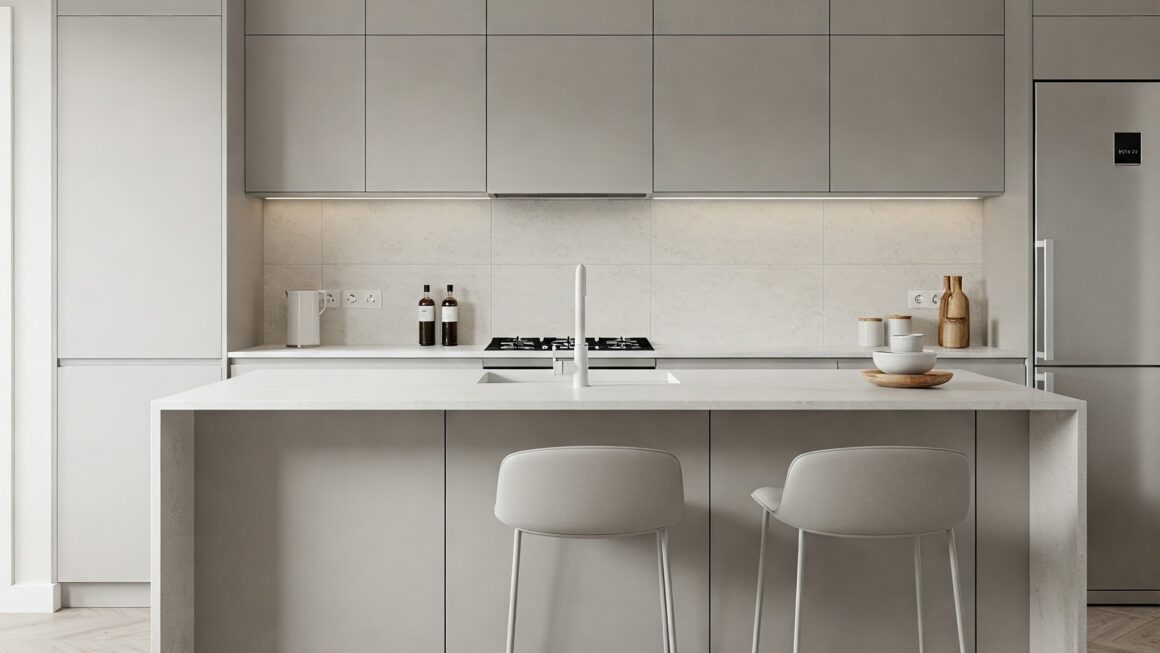
Choosing the right laptop can be a daunting task with so many options available. Here are some factors to consider when making your choice:
1. Determine Your Needs:
- What will you primarily use the laptop for? (e.g., work, school, gaming, creative tasks)
- What is your budget?
- How important is portability? (size, weight, battery life)
- Do you need any specific features? (e.g., touch screen, stylus support, dedicated graphics card)
2. Consider the Specs:
- Processor (CPU): The “brain” of the computer. Intel Core i3/i5/i7 and AMD Ryzen 3/5/7 are common options. For basic tasks, an i3 or Ryzen 3 is sufficient. For more demanding tasks like video editing or gaming, an i7 or Ryzen 7 is recommended.
- RAM (Memory): Affects how smoothly the laptop can run multiple applications at once. 8GB is a good starting point, but 16GB is recommended for better performance.
- Storage:
- Hard Disk Drive (HDD): Traditional storage, offers large capacity but is slower.
- Solid State Drive (SSD): Faster and more durable than HDDs, but typically offer less storage space for the price. NVMe SSDs are the fastest type of SSD.
- Graphics Card (GPU): For gaming or graphics-intensive tasks, a dedicated graphics card from NVIDIA (GeForce GTX/RTX) or AMD (Radeon RX) is important.
- Display: Consider the size, resolution, and panel type (IPS for better color accuracy).
3. Choose a Size:
- 11-13 inches: Highly portable, ideal for travel.
- 14-15 inches: A good balance of portability and screen size.
- 17-18 inches: Larger screen for immersive gaming or multitasking, but less portable.
4. Battery Life:
- If you need to use your laptop on the go, pay attention to the advertised battery life. Keep in mind that real-world usage may vary.
5. Operating System:
- Windows: The most popular operating system, with a wide range of software compatibility.
- macOS: Apple’s operating system, known for its user-friendly interface and strong security features.
- Chrome OS: A lightweight operating system that is ideal for basic tasks and web browsing.
6. Other Features:
- Touchscreen: Offers a more interactive experience.
- 2-in-1 functionality: Allows the laptop to be used as a tablet.
- Ports: Ensure the laptop has the ports you need (USB, HDMI, etc.).
7. Brand and Reviews:
- Research different brands and read reviews from reputable sources to get an idea of reliability and customer satisfaction.
8. Price:
- Set a budget and stick to it. There are great laptops available at a variety of price points.
By considering these factors, you can choose the right laptop that meets your specific needs and budget.




